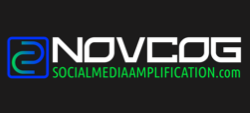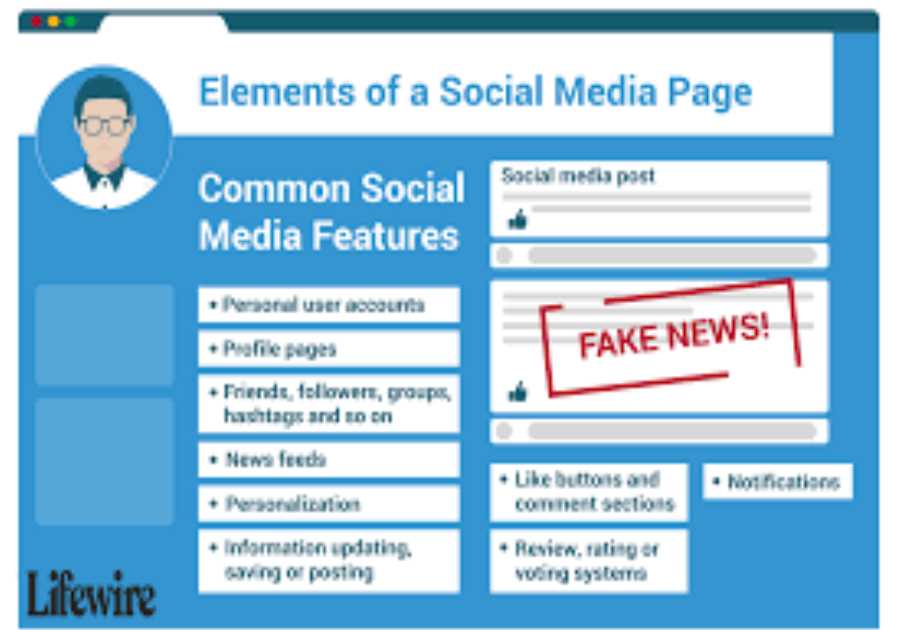
The solar industry is in the middle of a massive boom. More than ever, homeowners are solar curious. They’re tired of rising utility bills, they’re environmentally conscious, and they’re excited by the idea of energy independence. The market is full of potential.
But for all that potential, solar is a high-friction sale. It’s a major, complex, and expensive home upgrade. Your potential customer is not just curious; they are also deeply skeptical and terrified of making a multi-thousand-dollar mistake. They’re asking: “Is this a scam? Is it too good to be true? What if it damages my roof?”
In this environment, a generic, high-pressure “Buy Now!” ad campaign will fail. The only way to win is to build trust.
A successful marketing strategy for solar power systems is not about a hard sell; it’s about a soft education. It’s about becoming the most trusted, helpful, and authoritative local resource for your community. It’s about answering the hard questions before they even ask for a quote.
Here’s a strategic guide to building that trust and turning curious homeowners into confident customers.
Be the Answer, Not the Ad
Your website’s blog is your single most powerful marketing tool. Why? Because your customers are using Google to ask very specific questions. Your goal is to be the one who provides the best, most honest answer.
A homeowner isn’t searching for your brand name. They are searching for:
“How does net metering actually work in [My State]?”“What is the real cost of solar panels in 2025?”“Top 5 solar panel myths busted.”“Is my roof right for solar panels?”Create in-depth, genuinely helpful blog posts that answer these pain-point questions. When you provide this value upfront, you are no longer a salesperson; you are a trusted expert.
Make the Abstract Concrete
The biggest hurdle for any homeowner is the high upfront cost. You must show them, in no uncertain terms, that this is an investment, not an expense. A spreadsheet is not compelling. A visual is.
The Solar Calculator: This is the best lead generation tool. A simple, interactive calculator on your website that allows a homeowner to input their average utility bill and instantly see their 25-year projected savings is a powerful, engaging, and non-threatening first step.The Before and After Utility Bill: Get permission from a happy customer to show an anonymized before picture of their old $300 utility bill and an after picture of their new $15 bill. This is a powerful, visual, and undeniable piece of social proof.The Meter Spinning Backwards Video: A 10-second, mesmerizing video of a customer’s electric meter spinning backward on a sunny day is a great money shot for your social media.Win the “Near Me” Search
Solar is a local, high-trust business. No one is hiring an installer from three states away. They want a local company with a stellar reputation. Your marketing must be hyper-focused on your specific service area.
Master Your Google Business Profile (GBP): This is your most important local marketing asset. It must be 100% complete, with recent photos of your work, your service areas listed, and all your information correct.Get More Reviews: This is non-negotiable. A 5-star rating on Google is the modern-day license to operate in a homeowner’s mind. You must have a system for actively asking every single happy customer to leave you a review. A company with 200 positive reviews will always get the call over a company with 20.Create Local Landing Pages: Build a dedicated page on your website for every single town you service (e.g., “The Top Solar Installer in [Town Name]”).Show the People, Not Just the Panels
The second biggest fear a homeowner has (after the cost) is a botched installation. “Will they put holes in my roof? Will they be professional? Will they leave a mess?” Your marketing must address this fear head-on.
Show Your Crew: Your website and social media should feature photos of your actual, uniformed installers, not generic stock photos.Meet the Team Bios: Have a simple bio page for your key team members. It humanizes your brand.Showcase Certifications: Are you NABCEP certified? Are you a preferred installer for a specific panel brand? This is not a minor detail; it is a critical trust signal. Feature these badges prominently on your website’s homepage.Show the Process: A short, 30-second time-lapse video of your crew’s clean, safe, and professional installation process can provide immense peace of mind.Use Social Media for Storytelling
Your social media feed shouldn’t just be a series of “Call for a Free Quote!” ads. Use it to tell a visual story.
The Drone Shot: A beautiful, sweeping drone shot of a sleek, finished installation is a powerful money shot.The Customer Testimonial: A short, 60-second video of a real, happy homeowner talking about their new, low bill is more powerful than any ad you could ever create.The Why: Share your company’s mission. Why do you do what you do? People want to buy from brands that share their values.In the solar industry, the sales process is a long, considered journey. The company that wins is not the one with the loudest ad, but the one that patiently builds the most trust. Be the local expert, be the educator, and be the transparent partner, and the sales will follow.
The post A Guide to Marketing Solar Power Systems to Homeowners appeared first on Social Media Explorer.
Did you miss our previous article...
https://socialmediaamplification.com/social-media-analysis/psychology-of-trust-how-hazem-altal-is-redefining-ethics-in-global-hair-transplant-tourism






